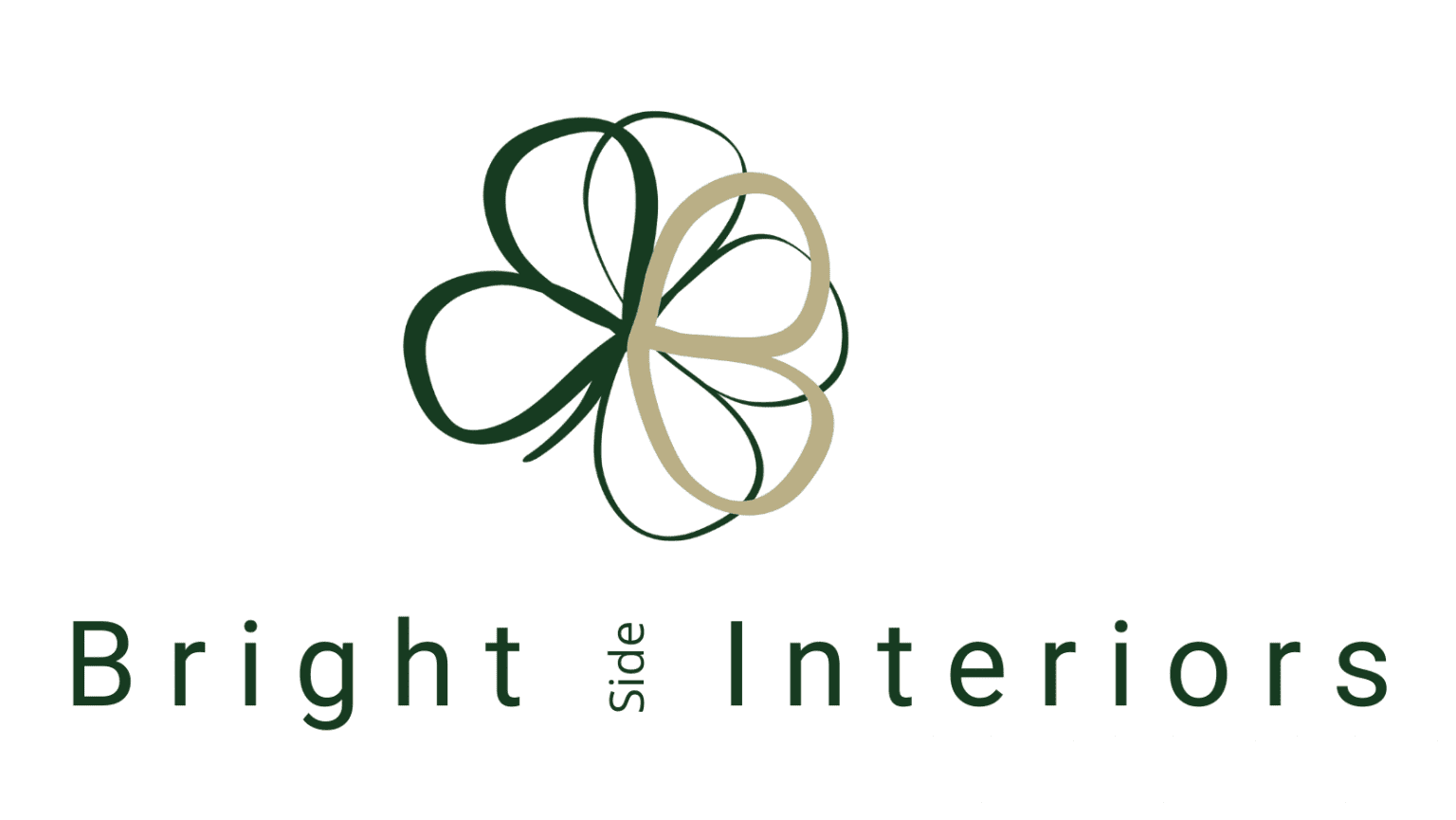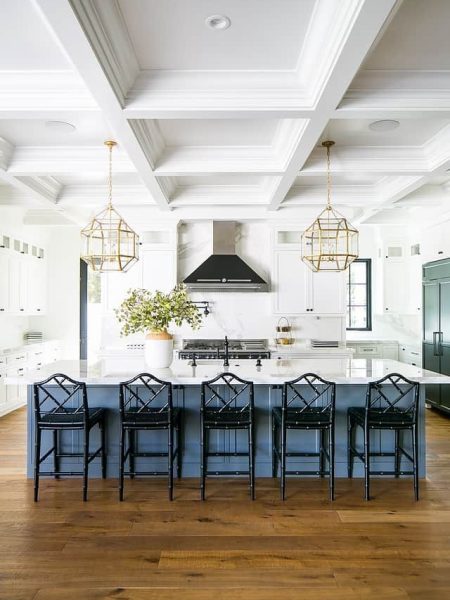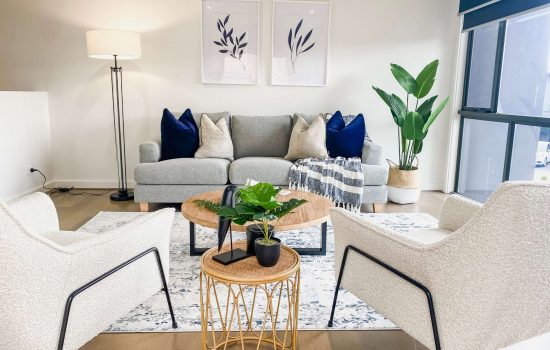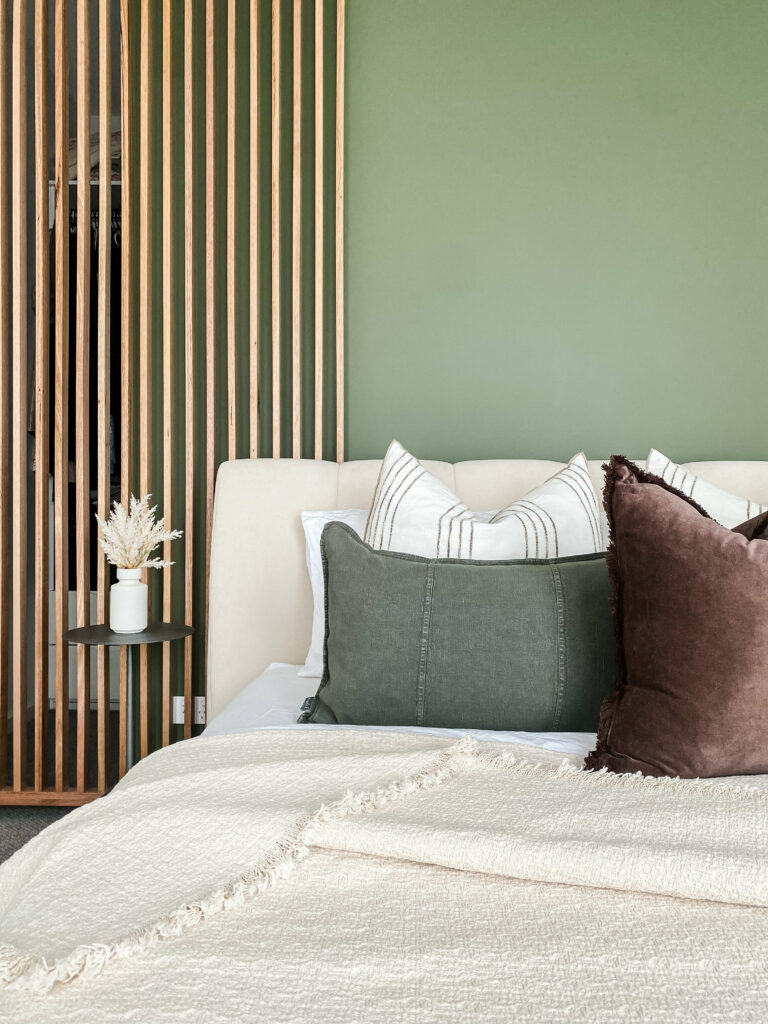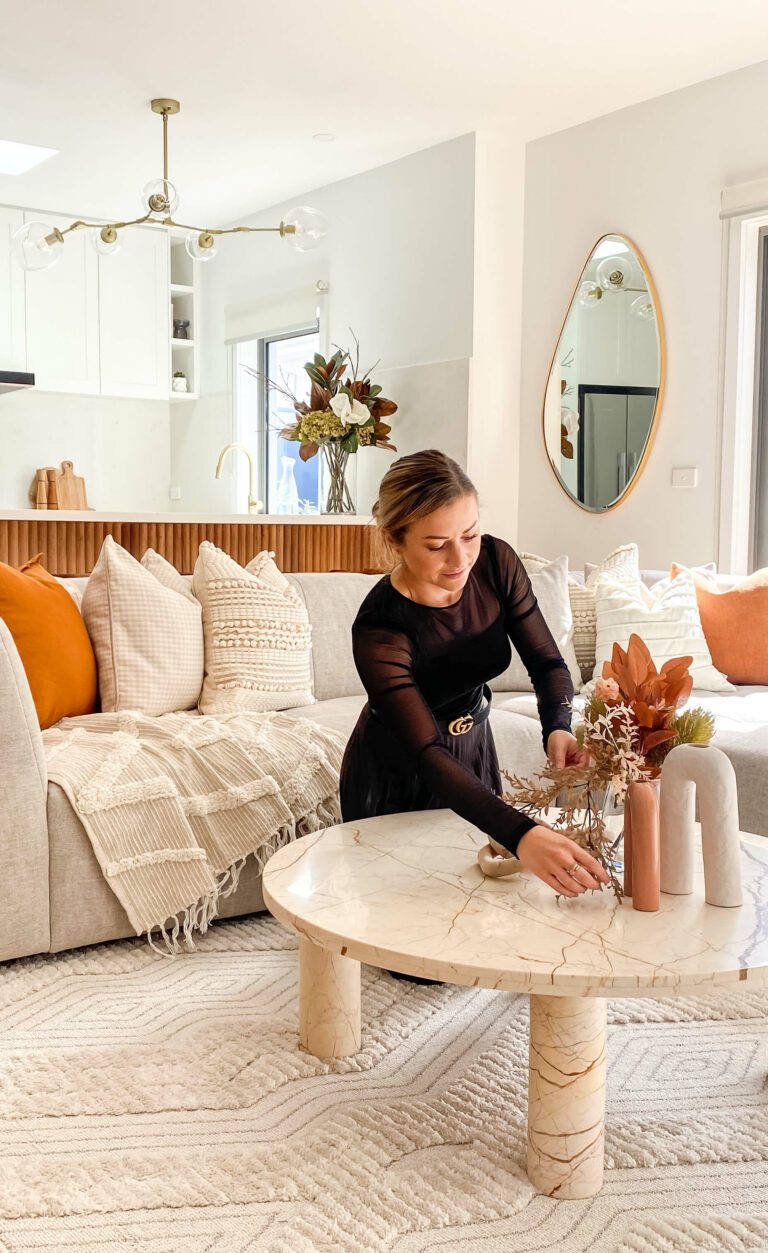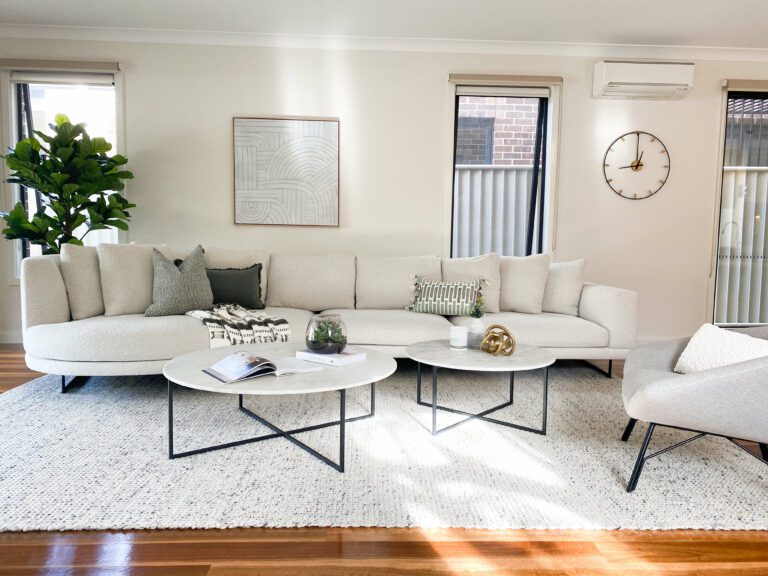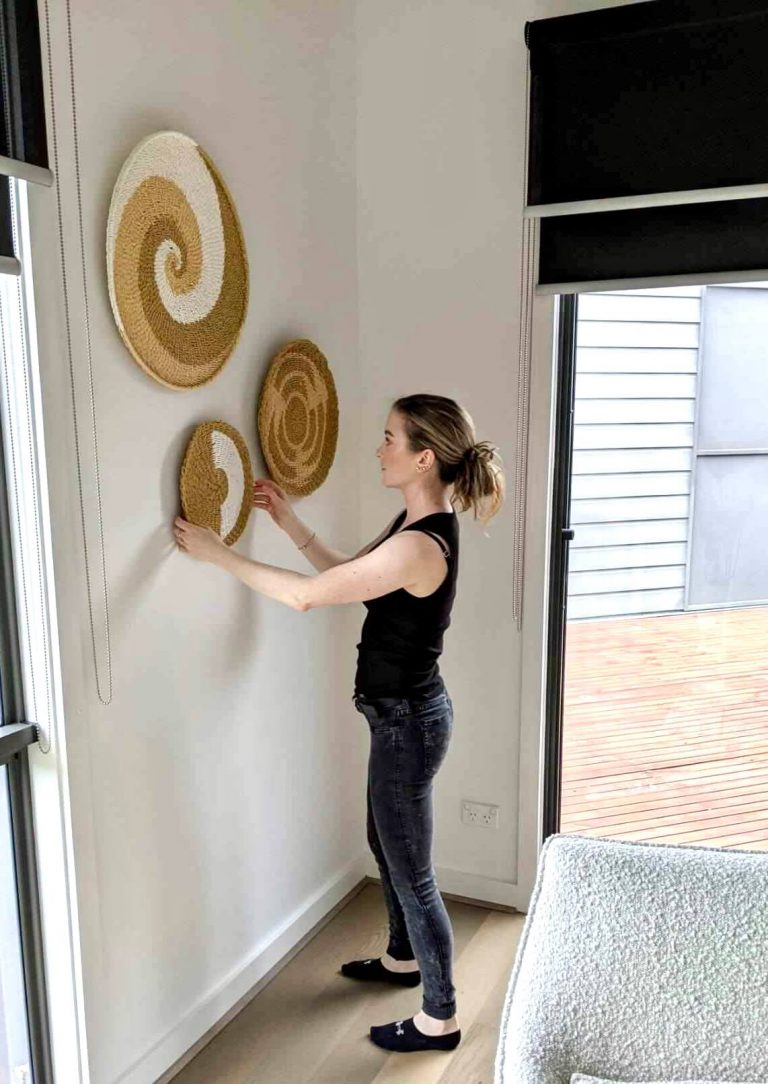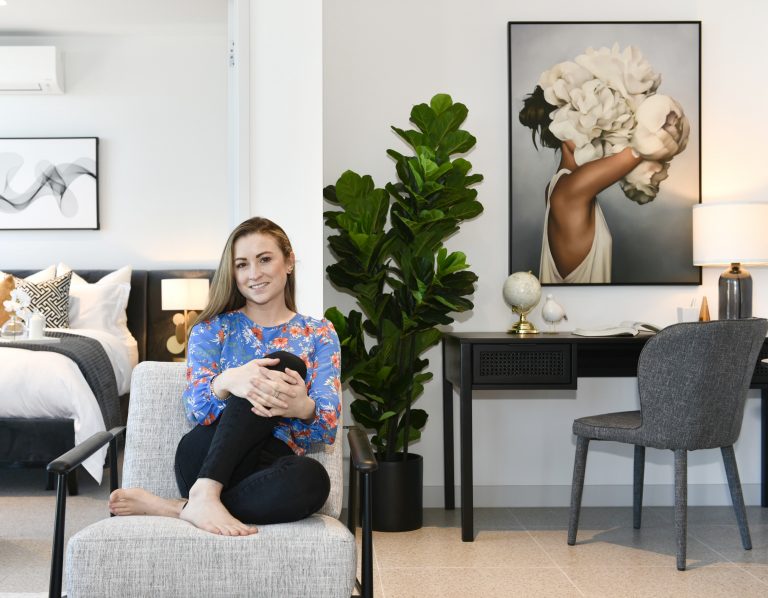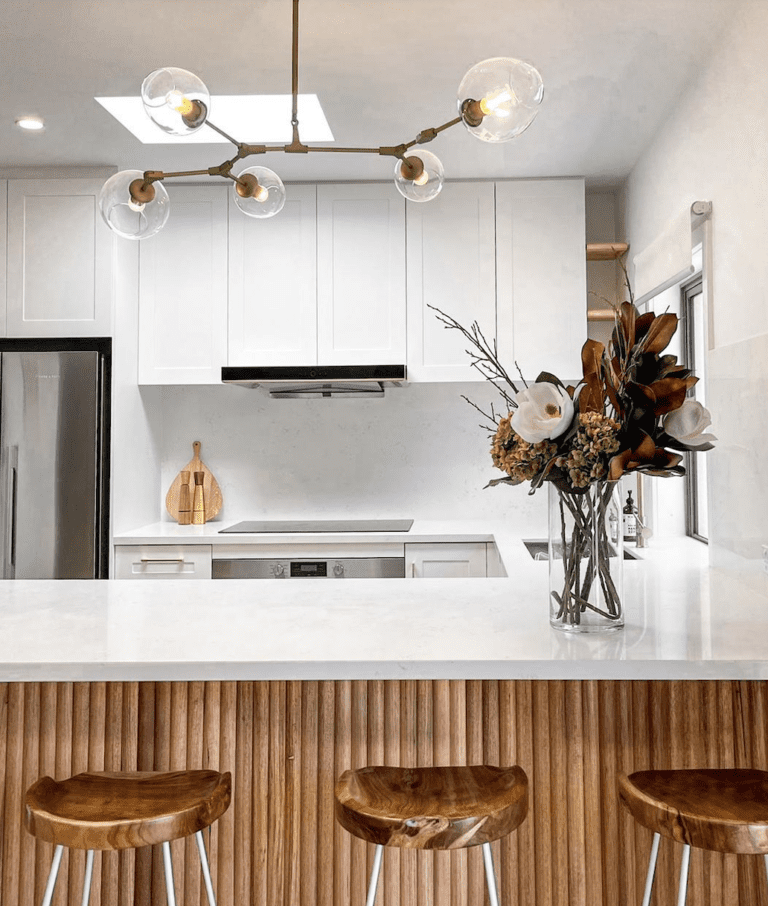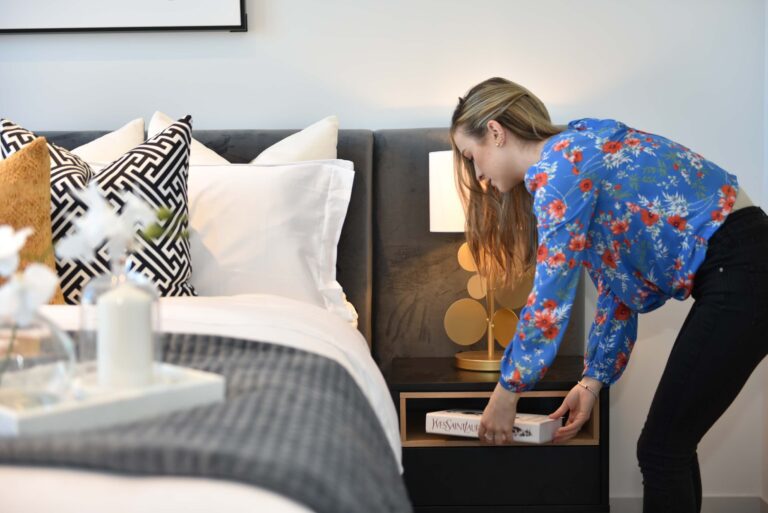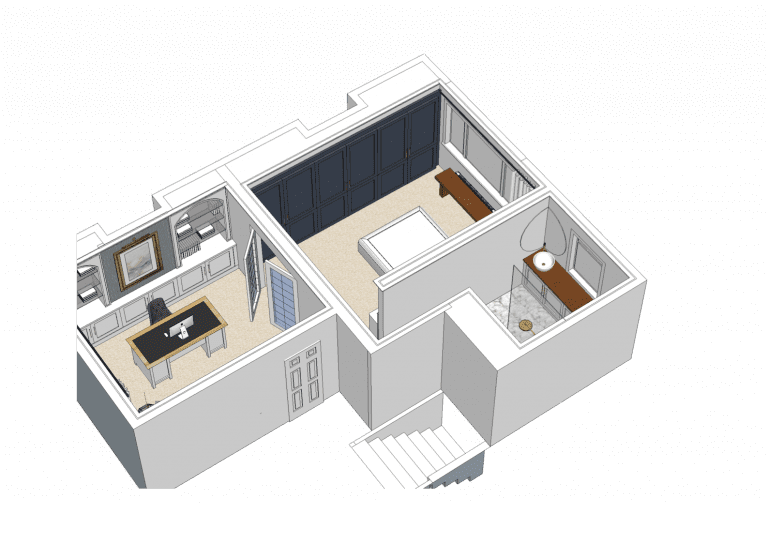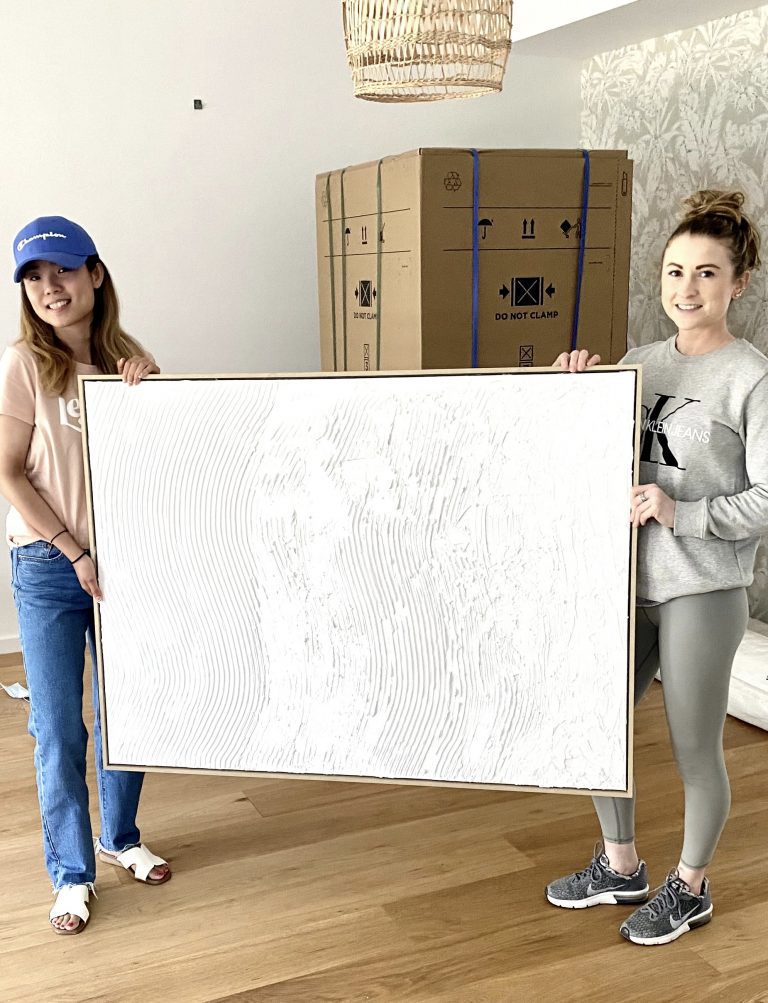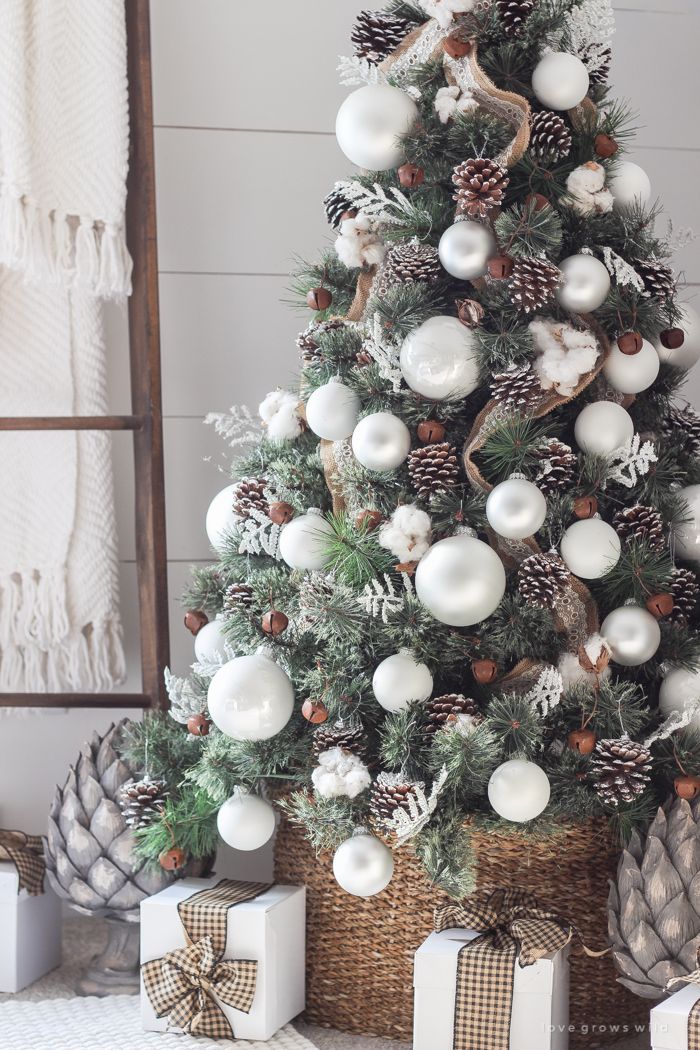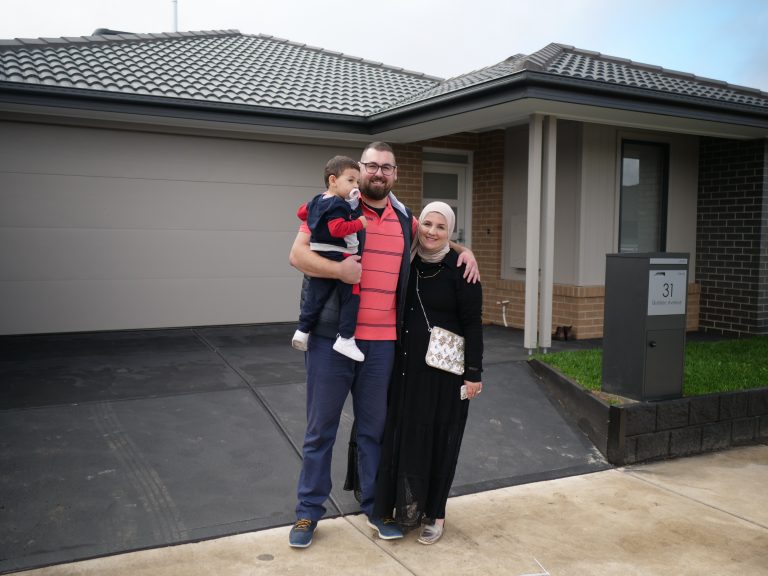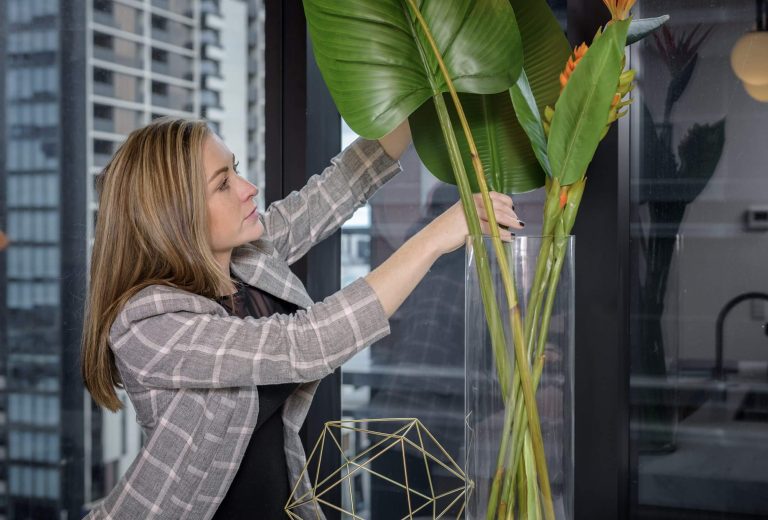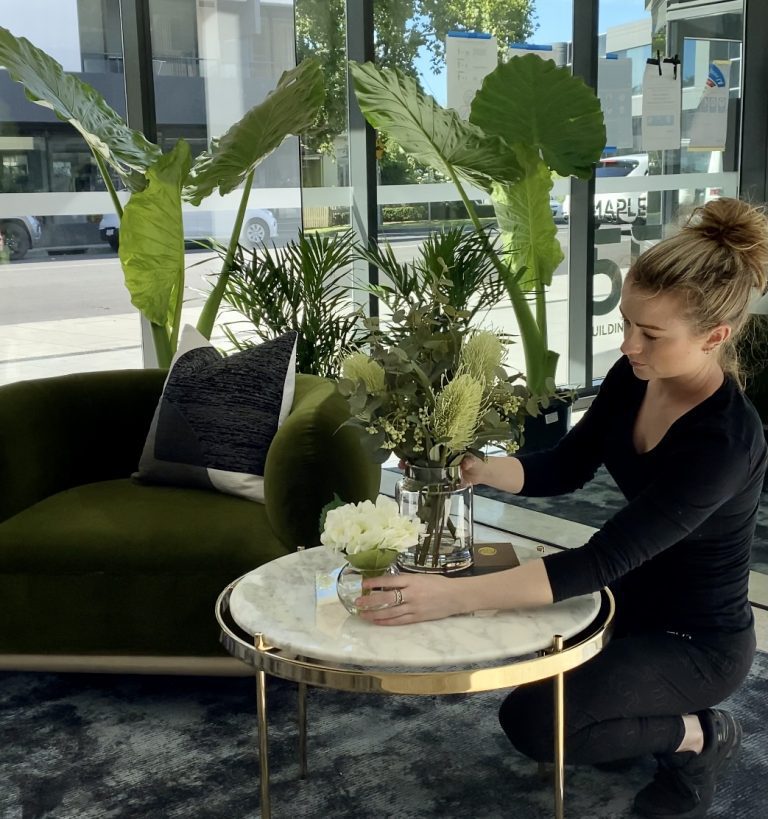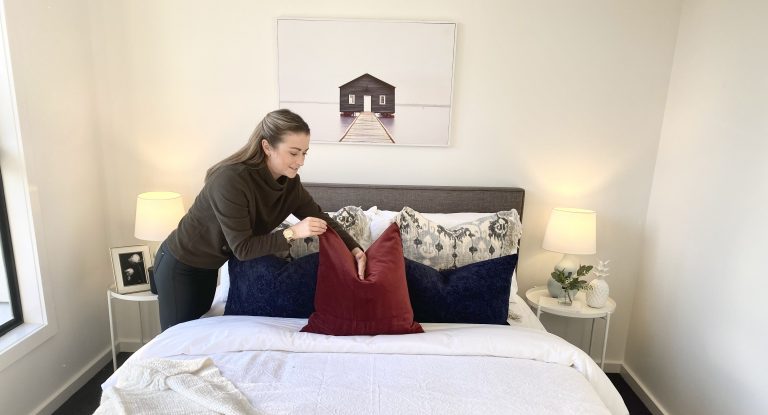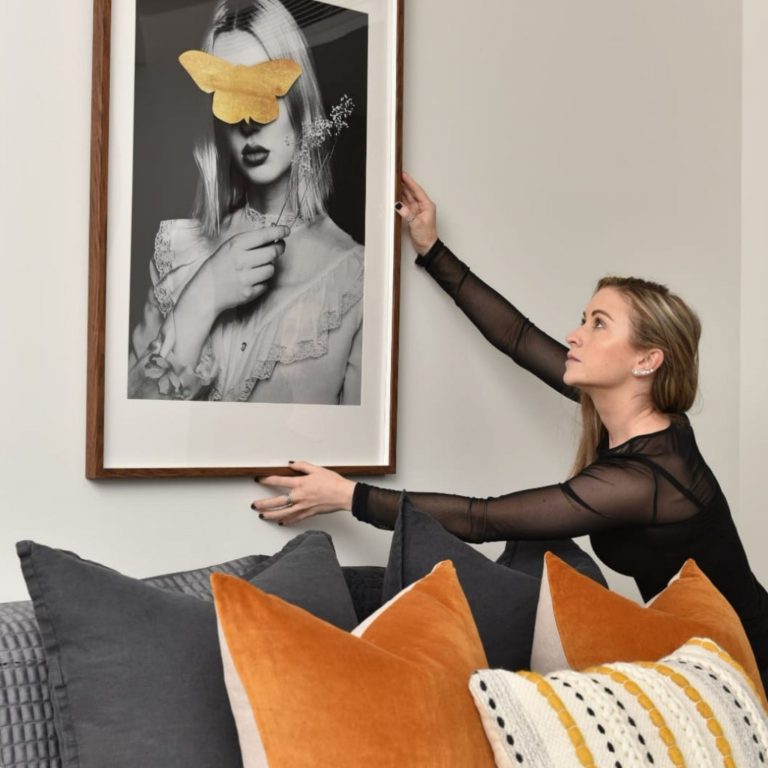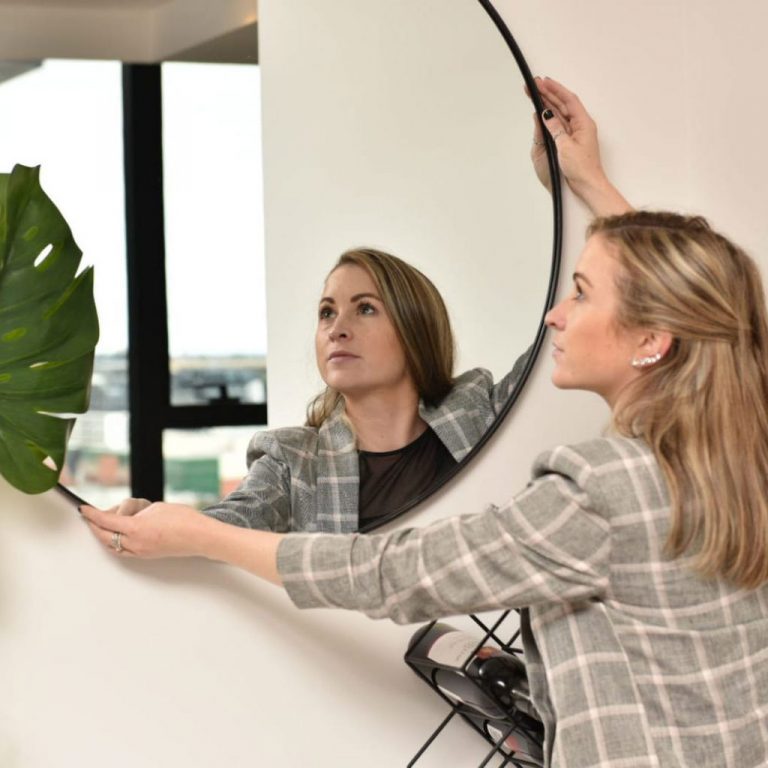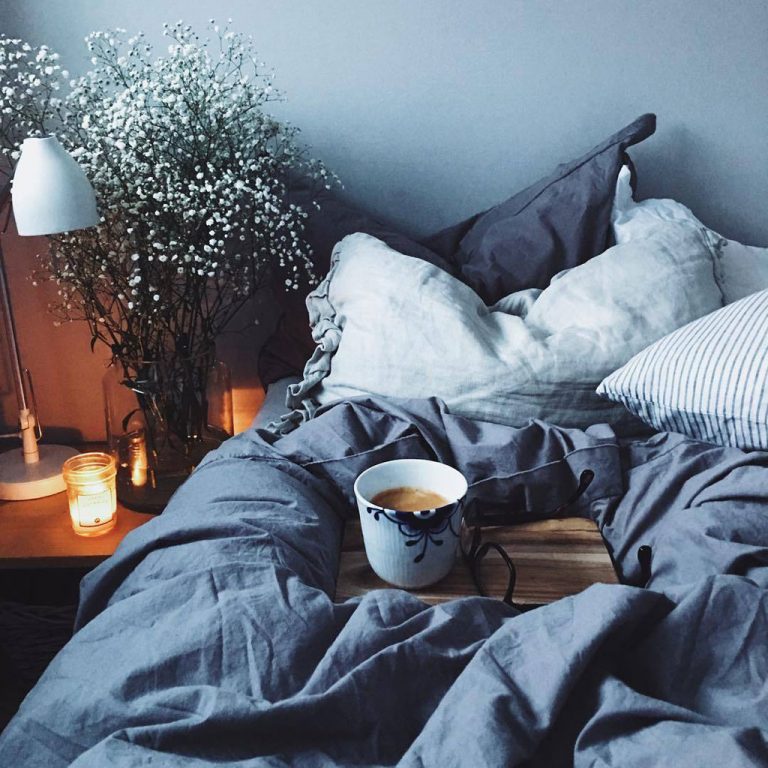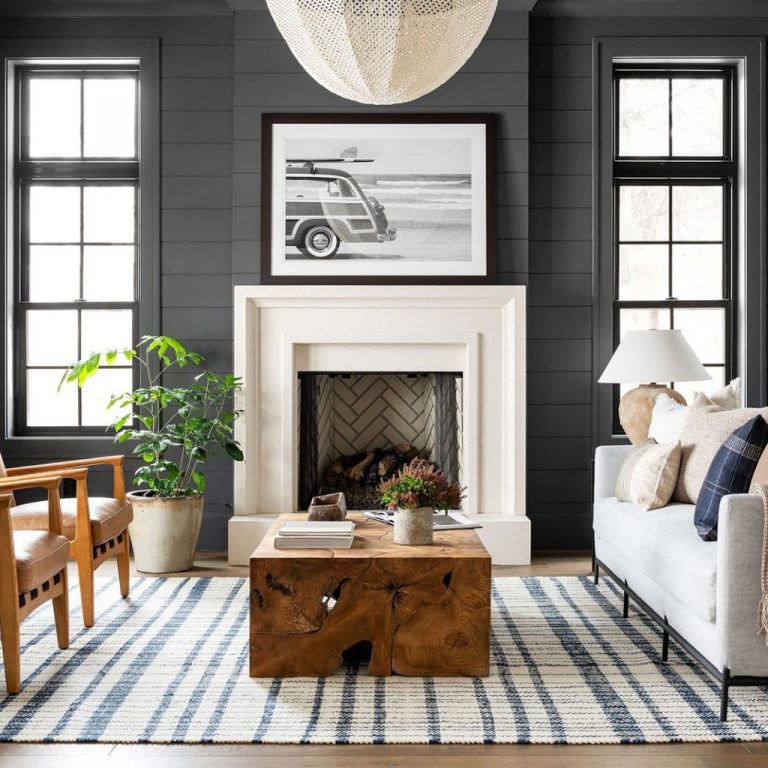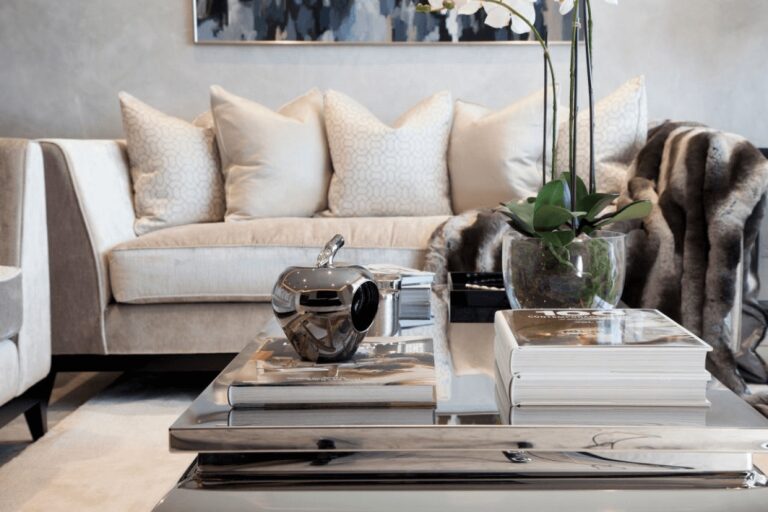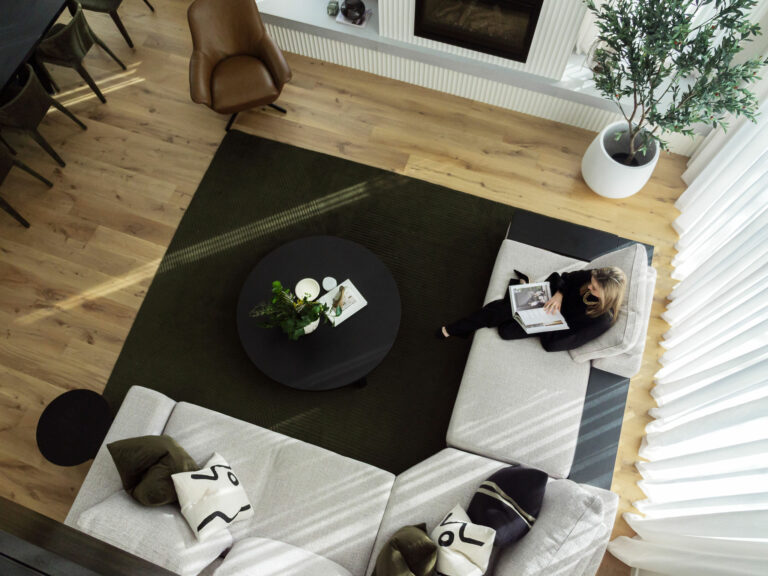
Your home is your biography and tells the story of who you are. I am here to help you write your next chapter.
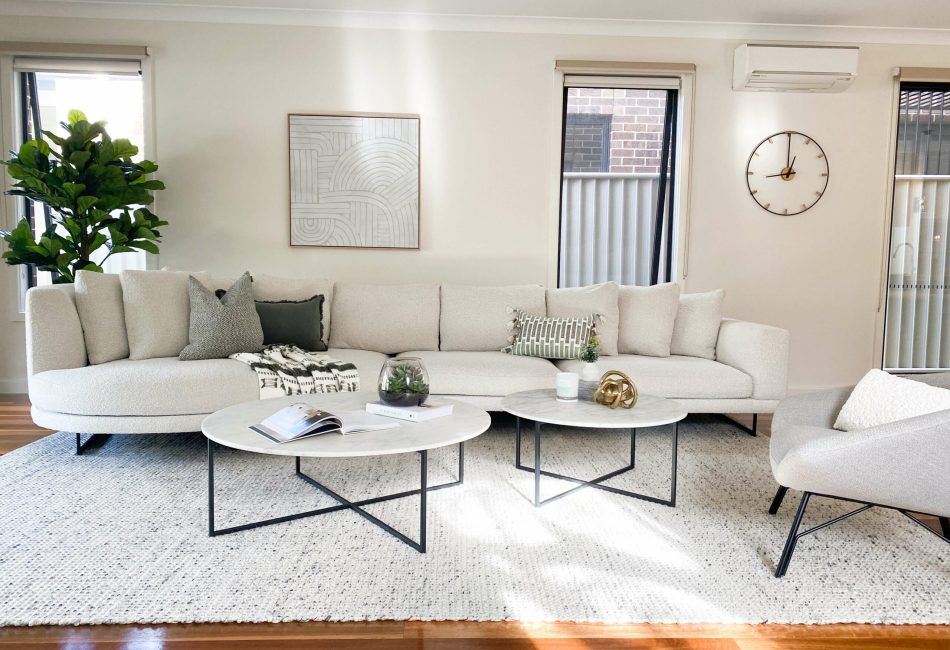
Have you ever taken a photograph of a room, to find the image looks very flat and it looks much better in person? A photographer will literally stage a photograph in order to make it feel more three-dimensional and create depth. They move furniture and decor around to create layers in the foreground, mid-ground and background. With Interior Design, adding layers is essential for a successful space.
But what exactly do I mean by “Layers”? To break it down into a simple analogy, think about getting dressed. Firstly, you put on some underwear (hopefully). Then you throw on your clothes. Next, you might layer on a coat or blazer and some shoes. And lastly the accessories. With all these layers in place, you are ready to head out! Your underwear symbolises the architectural elements or foundations of your room. Your clothes are the essential furniture items. The outerwear is the essential details and your jewellery is the Decor and styling items! Let me take you deeper through these layers.
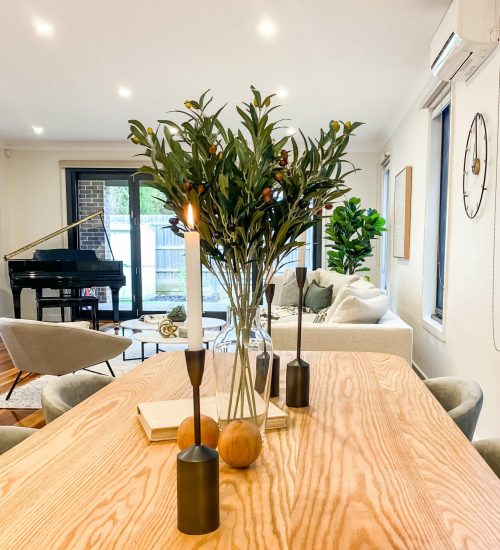
Layer 1: Architectural Layer
Every room starts off with walls, a floor and a ceiling. How we decide to decorate these foundations, will add the first layer of impact to our room’s success. The shell of your home initiates your interior design style.
Walls
You can choose to paint your walls in one or multiple colours, add wallpaper, wainscotting or VJ panels, do some plasterwork or add a textured render. From there, you can finish your chosen wall treatment in many ways such as gloss vs matt paint, floral vs stripe wallpaper, 1/2 tiled 1/2 painted etc. You’ll want to think about the height, thickness and design of your skirting boards too!
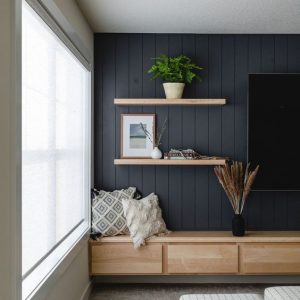
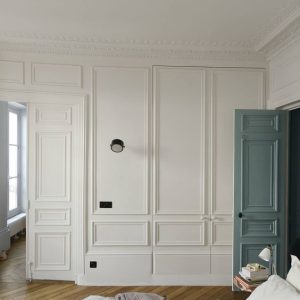
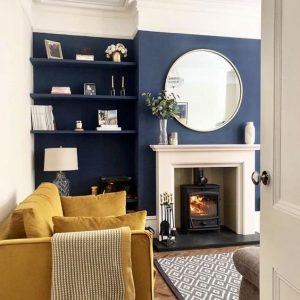
Floors
Will you go for wooden floors, laminate, concrete, tile, carpet etc.? Will you use the same floor throughout or go for floorboards in the living areas, carpet in the bedrooms and maybe tile in the bathroom and laundry? Will your floor be a feature or blend into the background? There are hundreds of textures, colours, patterns and stains available for your floors which will impact the next set of layers you add to your room. Your floor should be considered as a design feature as well as a functional foundation.
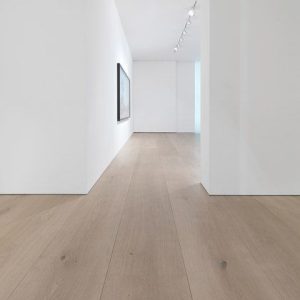
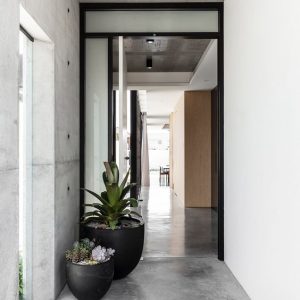
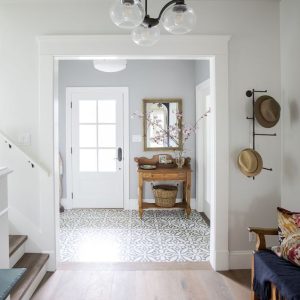
Ceiling
The height of your ceiling will play an important role in many choices you make. A tall room could look amazing with a coffered ceiling or detailed plasterwork to draw the eye upwards. You’ll need to think about the thickness and curvature of your architraves so that they complement the period and style of your home. You’ll also need to think about the perfect paint colour, to reflect or absorb light. Or maybe you want to turn your ceiling into a feature colour?
Layer 2 : The furniture
Once we have all the structural details complete, we can now start layering the furniture (arguably the most exciting stage). This is where your chosen design style becomes easier to see. The furniture itself can be subdivided into three different layers:
Essentials
When I say essentials, I mean the furniture you literally cannot live without. These are generally the bigger pieces like your sofa, dining set, beds etc. I tend to pick these items first as they are larger.
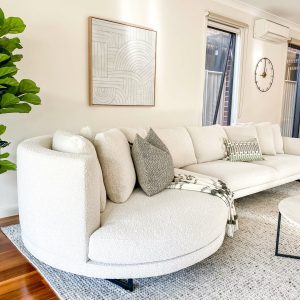
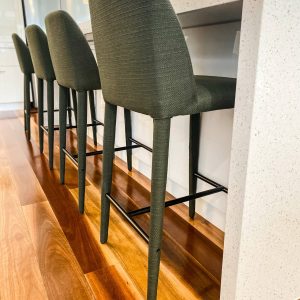
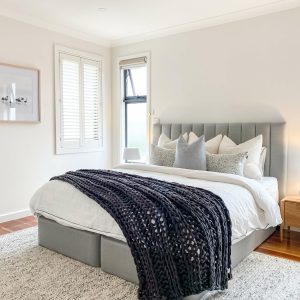
Case goods
Your case goods are important to plan well. These are the pieces of furniture that provide storage around your home, whether that is in the form of a bookcase, a sideboard or a storage coffee table. These items can hide your nick nacks or showcase your decorative items. They can fill a space vertically or horizontally, depending on what is needed.
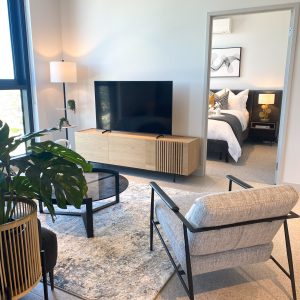
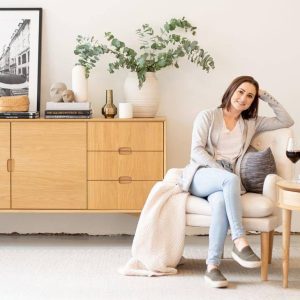
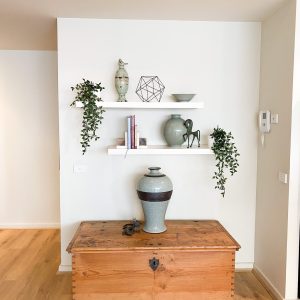
Fillers
These are the smaller items of furniture, oozing with personality. They fill the awkward gaps between larger furniture items, making your room feel more complete and put together. They give you an opportunity to play with different textures, materials, scales and patterns. Think about marble side tables, velvet tufted ottomans, woven benches or brass bar carts. These pieces are not supposed to match your furniture, they compliment!
Layer 3 : Important details
Window and wall treatment.
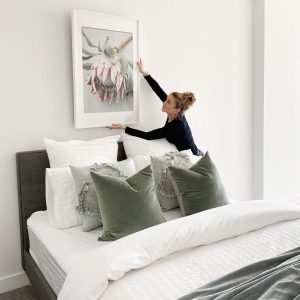
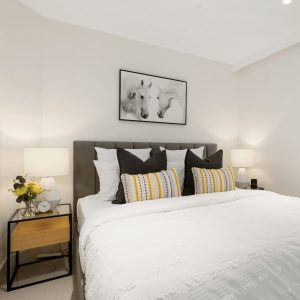
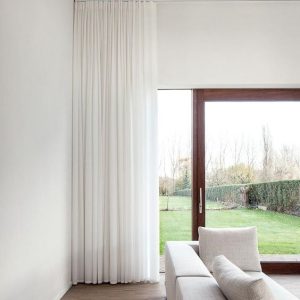
Rugs
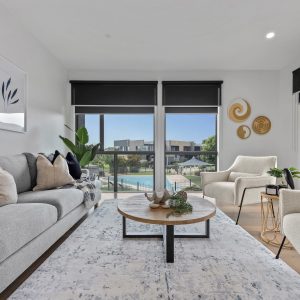
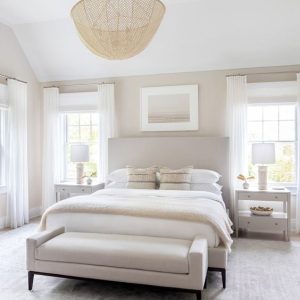
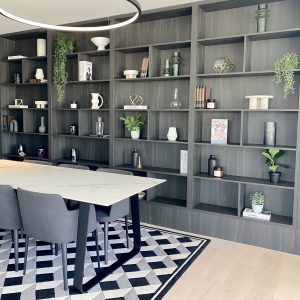
Lighting
A lot of people think that one single source of overhead lighting in a room is adequate. But this is one of the greatest fails in interior design. Lighting should be approached in a layered manner with at least three light sources per space. This ensures all the architectural and decorative features within the room are highlighted, from floor to ceiling. In order to accomplish a warm and inviting room, you need to embrace the whole range of lighting sources available; pendants, recessed, ceiling mounted, chandeliers, track, floor lamps, table lamps, wall sconces, cabinet lighting, and other spotlighting.
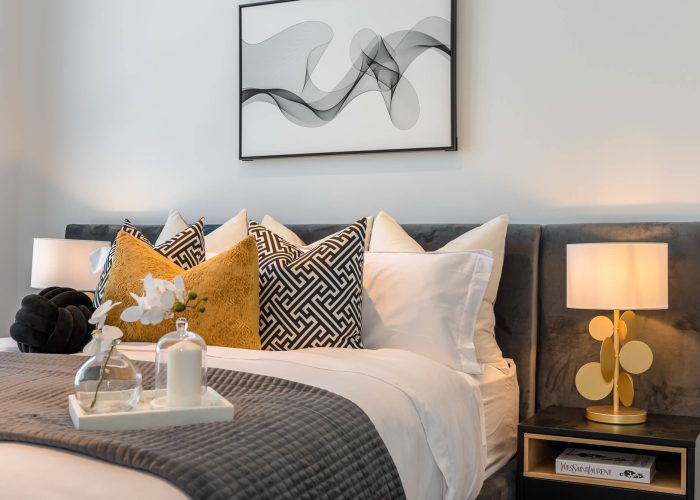
Layer 4 : The final touches
Whether you’re a minimalist or a maximalist, this layer is the final piece to the puzzle and non-negotiable. It’s these fine details that make your house truly feel like your home. This is your opportunity to inject a little piece of you and your family into your home.
Decor
When I say decor, I am talking about the bits and bobs around your home. These might be glass vases or pottery, framed family photographs, hand-stitched throws, decorative cushions, coffee table books, or brass sculptures. Ideally, you’ll cluster your decor items together (in a “vignette”) to create a greater impact as loosely arranged items can feel busy and unorganised.
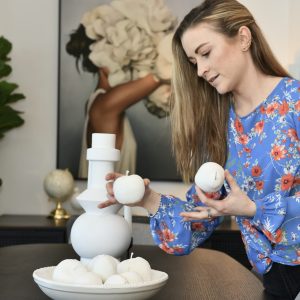
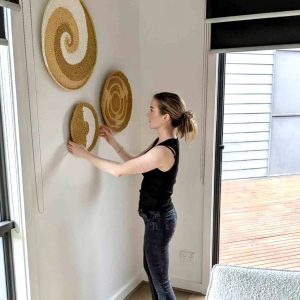
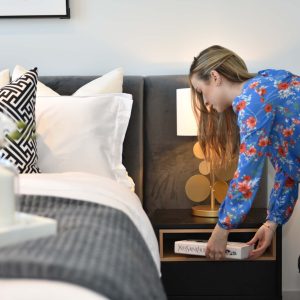
Greenery and Foral
A home without a living plant or flower is pretty sad in my books. Why would you not like to inject a little bit of life to your interior? Bringing the outdoors in, has many proven benefits to our wellbeing. They can create shadow and texture, mood, ambience, atmosphere, energy, colour and fragrance. A tall houseplant can brighten up any dark corner!
Metal
No home is complete without a little touch of metal within the space. This is the jewellery to your interior! If you are not a “jewellery kind of person”, you can choose a powder-coated black finish, for a modern, minimalistic look.
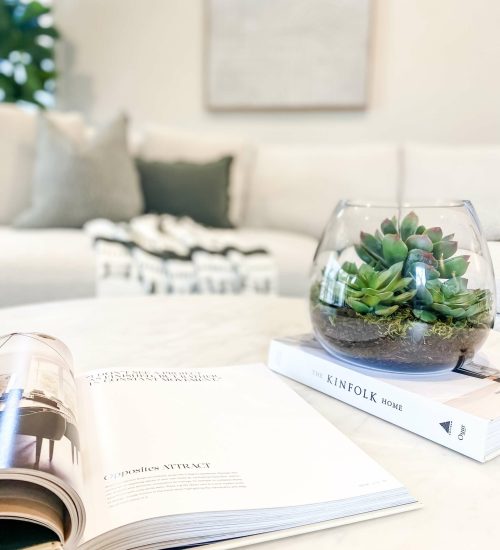
While you're at it, don't forget these factors...
Colour
You will have to figure out your colour scheme within your room while adding all of your layers in.
Texture
When pulling your room together, you should play with a variety of textures to create a diverse and exciting scheme. We don’t just feel the texture, we can see it too so make sure to choose a variety of finishes. For example, you could try adding a boucle sofa with velvet cushions, a leather armchair, a marble coffee table, a high pile rug and brass or glass decor.
Pattern
Pattern starts in the floor, and works its way into the furniture and decor. The key to mixing patterns well is to mix them within different scales. Think of pattern as large, medium or small scales. Mixing one of each will work really well, whereas mixing three x small patterns might feel a bit busy.
Scale
Choose your furniture and decor, in proportion to the room’s size. Small bedside lamps will get lost in a master suit next to the super king bed!
Shape
Work with what you’ve got. If you have a long, skinny dining room, a round table won’t work here. Break up your interior with multiple shapes to create balance. For example, an L-shaped sofa works great with a round coffee table in the centre.
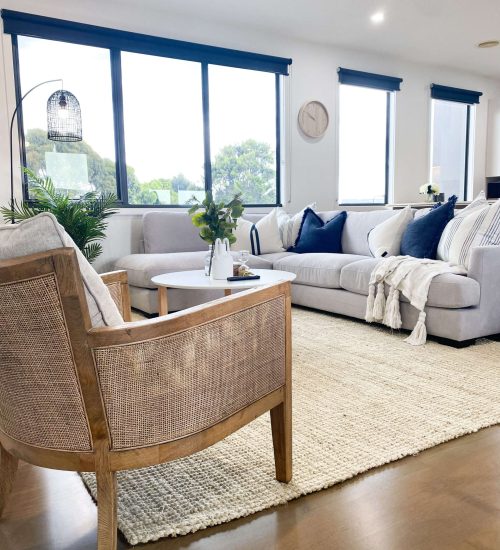
I hope this guide on adding layers to your interior design comes in handy. Save it for a rainy day! When it comes to adding depth and personality to a room, it’s important to get these layers just right. The more layers you can add while maintaining clean lines and negative space, the more aesthetically pleasing your room will be. If you can take a photograph of your room and it looks good two-dimensionally, then you know you’ve succeeded!
If you feel like you just can’t figure it out for yourself and want some professional help, send me a message! I’d love to hear from you. Thanks for reading!

Tracey Bright, Interior Designer.
< Click my face to get in touch.
If you learned a thing or two, share this blog on your socials below.
